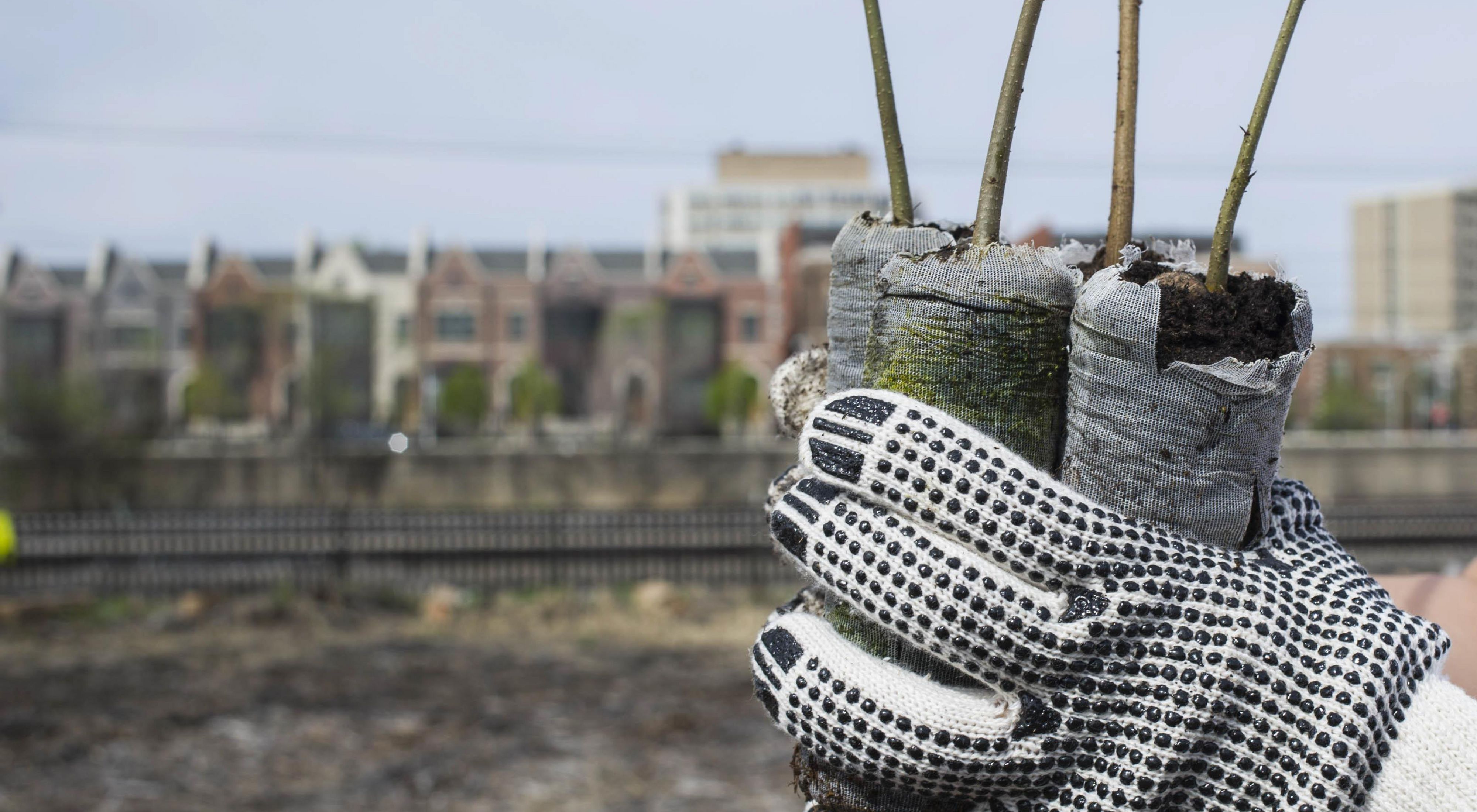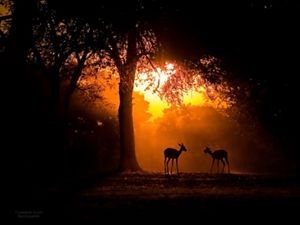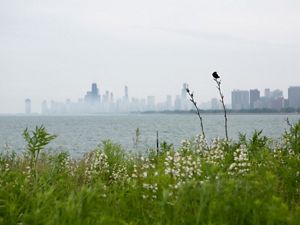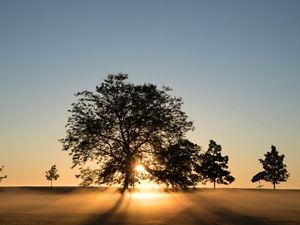Bridging the Gaps: At the Intersection of Social and Environmental Justice
Q&A with Kareema Bass
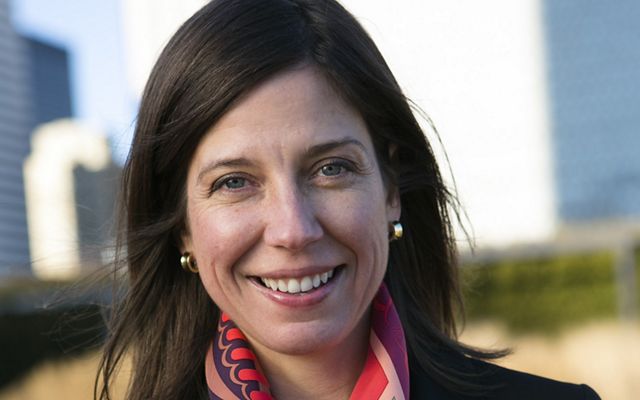
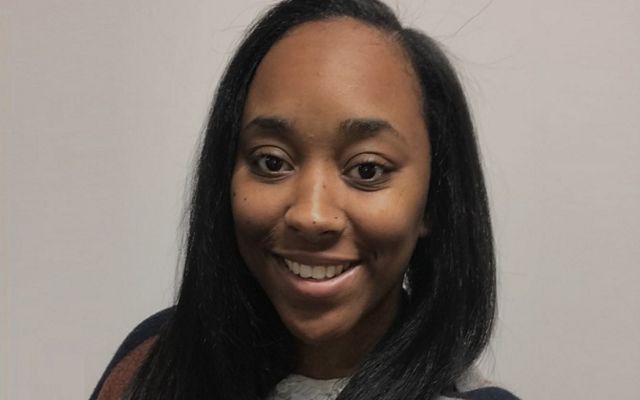
Kareema Bass is the Associate Program Leader for the Imani Green Health Advocates Program. Now in its third year, the program and its participants focus on conservation, spiritual and community health outreach on the south side of Chicago. State Director Michelle Carr sat down with Kareema to talk about her vision for the program, the intersection of social and environmental issues, and how today’s youth will become the next generation of environmental leaders.
Michelle: Tell us about the Imani Green Health Advocate program. What are your goals for this year?
Kareema: We’re focusing on the interconnection of environmental health, human health and spiritual health. When those three things are intertwined, it helps you perform as your best self. The Advocates in this paid internship program will choose one of two cohorts—Conservation Health or Community Health—and will work together to make positive change for the communities around Trinity United Church of Christ, on Chicago’s Southwest Side.
To address the issue of environmental health, the Conservation Health Cohort will be focused on tree plantings to remove sick or dying trees. Removing these trees can be expensive, which is a real barrier for many community members. We will engage with these communities, ask if they would like a new tree free of charge, and if they are interested in the program, we can cover the cost and labor involved with removing the dead tree and planting a new one. The Advocates will also work with community members to train them in tree stewardship to ensure a healthy tree canopy for years to come.
Quote: Kareema Bass
It’s not just about how we’ve separated people; we’ve also separated policies. A lot of policy decisions about nature, development and other issues get made without community input.
To address issues of human health, the Community Health Cohort will work directly with public health staff at Advocate Trinity Hospital. Advocates will learn about the socioeconomic factors that influence community health. For example, a lot of the neighborhoods we’ll be working in don’t have good grocery stores nearby. You might have to drive 20 blocks to get fresh produce, but on the flip side, there’s a liquor store or fast food restaurant on every corner. The Advocates will be connecting these communities to fresh, healthy food through a food “Farmacy” and local community gardens. This is a key step forward in the fight for food justice.
The last piece is addressing spiritual health, and that’s a big task for both cohorts. This piece of the program is led by Trinity United Church of Christ. Our goal is to find ways to incorporate nature into spiritual practices. I want to find a way that keeps us from excluding any community members, no matter what faith you practice. Whatever it is, we want to show you that you can do that practice in nature. There are extra benefits to it, too, because nature is therapeutic, healing and good for your spirit. Just going to the lake, sitting down, listening to nature and taking some deep breathes can lower your blood pressure. I also want to focus on restorative justice and things like healing circles, where we invite community members and church officials together, so that more people feel comfortable exploring their spirituality in this way.
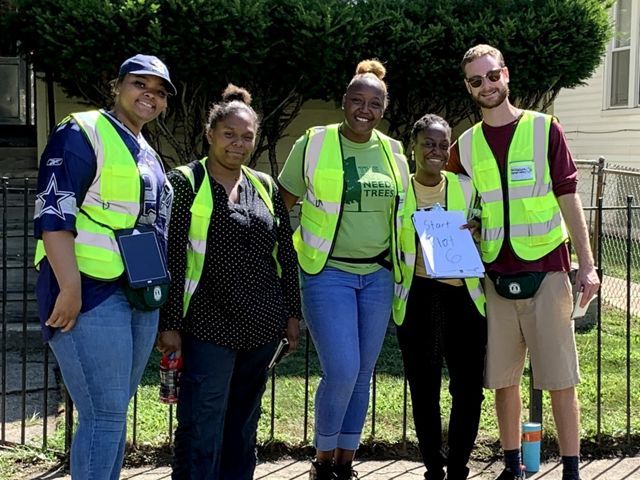
Michelle: Why is it important for environmentalists to work at this intersection of social and environmental issues?
Kareema: Through my lens, right now we are not recognizing how connected these issues are. We don’t look at things like redlining and segregation, and ask how environmental justice can help solve these social justice issues. We have to ask: “Why are we still like this? How can we fix this?” And it’s not just about how we’ve separated people; we’ve also separated policies. A lot of policy decisions about nature, development and other issues get made without community input.
Our country is supposed to be a melting pot, and that’s what we have to do right now: we have to put everything together, all of the policies and all of the issues. That’s my main focus: I want to bridge those gaps. I want to make a real melting pot, because you can’t make soup in separate pots. Right now, we have the chicken in one pot, the carrots in another, and the broccoli on the side. That’s not how you make a meal that is going to fill you up and nourish you.
Michelle: Looking holistically at both social and environmental justice is the moral thing to do, but why is it also more effective for environmentalists to think in this way?
Kareema: As I found my way in my career, I’ve had a lot of experiences. I’ve worked on monarch ecology and habitat restoration with Sacred Keepers Sustainability Lab. I’ve worked on food justice issues with Faith in Place and their Winter Farmer’s Market. I’ve learned that you can’t solve an issue at the macro level. You have to go down low, and start at the micro levels. For example, sometimes we’ll see people who come into a neighborhood who don’t know a thing about it, but they want to save it. It doesn’t work. You can’t solve issues at that higher level. You have to start with the people.
Quote: Kareema Bass
I’ve learned that you can’t solve an issue at the macro level. You have to go down low, and start at the micro levels.
Michelle: You’ve spent a lot of time with youth at this intersection, what can we learn from these young people?
Kareema: A lot of the time, I think the older generation might look at youth and think they don’t know anything, that they don’t have knowledge to share. That’s not true. When I was with Sacred Keepers, I worked with 15 youth. We did clean ups in the Burnham Wildlife Corridor and along 35th Street Beach, we focused on spiritual growth, and we learned how to be our whole, healthy selves.
Today’s youth understand this interconnectedness. They will grow up to be our future leaders, so we need to start advocating and providing agency for them. That’s what I like about the Imani program—it’s made up of young people from the community working directly with the community for the benefit of the community.
Michelle: How can adults be better allies to youth advocates in this space?
Kareema: One key way to do this is to offer jobs that help them get the experience they need. In conservation, a lot of people get their start by volunteering, but that’s not feasible for everyone. If you have to work to bring in income, and if you have real life to worry about, you may not have the ability to volunteer. That means you might be skipped over when you try to enter one of these careers later on. Providing job opportunities with workforce development gives youth the experience they need, and the organizations get to benefit from the fresh knowledge they bring.
Michelle: What other intersections between environmental and social justice are we still missing?
Kareema: There’s a stereotype that Black and brown people don’t use nature. We do, we just might use it in a different way. It might not be hiking, camping, or canoeing. Not everyone can afford to go to the Grand Canyon. But it’s still beneficial to us. We might go have a barbeque outside, or sit at the beach or play at the park. That’s us enjoying nature with the means that have been given to us. How we use nature, stereotypes about who can be in nature and who has access to it—that’s another place where environmental and social justice issues intersect and need to be addressed. And that’s why I’m in this work.
